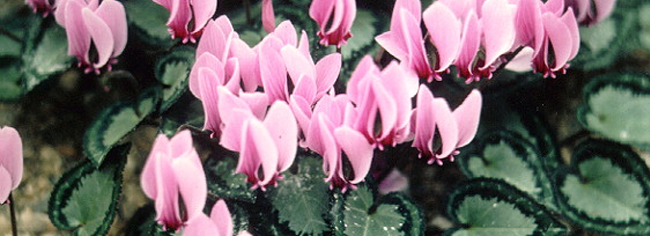September has already snuck up on us and some areas are already noticing the difference. Gone are the bizarrely hot summer days and in come the cooler, wetter September days. The obvious issue with autumn is the effect on our garden. This can have green fingers pulling their hair out with frustration, and that’s when we come in. Some plants can survive harsh cold conditions and even thrive in the worst of it, but what are these plants?
Japanese Anemone
Japanese Anemone was born to be in a September garden with one variety being nicknamed, the ‘September Charm’. It is available in a variety of shapes and sizes; however they are all single flowered plants. They are most commonly found in whites and light shades of pink, however drastic shades are available. They are relatively low maintenance and are considered a plant for anyone from the beginners to the expert green fingers.

Michaelmas Daisies
Another form of daisy, this flower is easy to grow and has delicate wiry stems. During autumn, these stems become covered in blue daisies. The Michaelmas Daisies are low-growing flowers, making them ideal for front gardens or lower layered plots. They are a highly recommended flower to bring some colour to the diminishing greens and purples of the autumn garden.

Sedum
Sedum is another flower that blooms through late summer and early autumn. There are thousands of varieties of the sedum which can bring all forms of colours and shapes to your garden. The Sedum Spectabile is a stunning looking flower featuring stout stems and pale-green leaves with a domes star-shaped flower. The Sedum ‘Ruby Glow’ which is a dark crimson colour that grows in tighter clumps which are a stark contrast to other varieties of Sedum.

Goldenrod
Also known as the Solidago, it is a plant from the aster family and is very aptly named. This symbol of Nebraska is more commonly found in large open areas like meadows, prairies and savannahs. The Goldenrod flowers from summer right through the autumn, which makes it ideal for the British garden. With rigid stems and narrow leaves, it is a delicate looking flower which is top heavy with racemes of small yellow flowers which cause it to droop, giving it it’s signature look.

Coneflower
More professionally referred to as Echinacea Purpurea, it is a simple looking flower, somewhat of an inverted daisy. It features prominent central disks and light violet flowers, which are highly attractive to butterflies.

Cyclamen
The Cyclamen is a flower that can withstand the harshest of British Autumn and Winter. It is sometime aptly referred to as ‘snow drops’ and it’s not hard to see why. This stunning low-lying adds some serious character to any Autumn bloom garden.





























